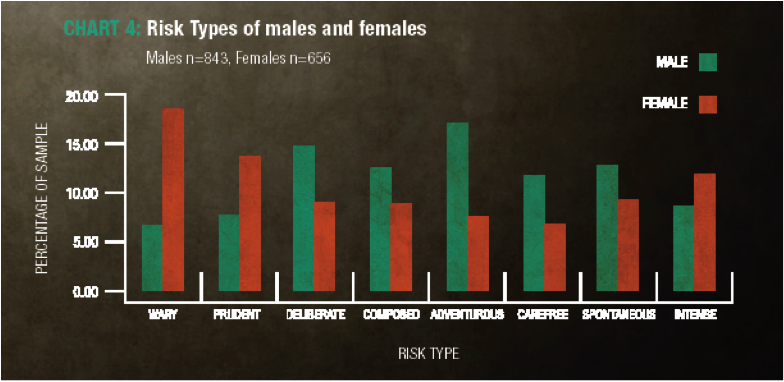Yearly Archives: 2014
This is a test message
This is a test
BBC News – Mobile phone app sheds new light on risk taking behaviour
New research shows that risky behaviour and impulsiveness can be reliably tested with specially designed mobile phone games. For the full article please head to the BBC News site here.
Sky News – Bankers should be made to take ‘Moral Oath’
A think tank proposes financial workers should make a pledge about their behaviour similar to the Hippocratic Oath of doctors. For the full article please click here. To read the ResPublica report in full please click here.
‘Three Lines of Defence’: A Dangerous Delusion
By Anthony Fitzsimmons A ‘Three lines of Defence’ risk management model sounds reassuring, but it contains a flaw. The model was implicitly endorsed by the UK’s now defunct Financial Services Authority in 2003 and is still characterised as “sound operational risk governance” by the Basel Committee on Banking Supervision, failed to prevent the recent financial sector crisis. ‘Three lines of defence’, ubiquitous in financial services and widespread elsewhere, actually has four layers. Line managers deal with risks as they take them. Centralised teams monitor and report on risk to the CEO’s team and to the board. Internal and external auditors should bring an independent […]
University of Westminster Business School Lecture on Risk
Developing Resilience
Organisations are complex systems with many moving parts. For example, shipping companies have shops, crews, vessel managers, cargo agents, HR managers, training managers. safety managers, Board Directors etc. These parts all interact with each other as well as externally with an outside world of regulatory, environmental, physical, economic and human factors. To remains successful, such systems must be able to maintain their stability in the face of constant perturbation both from outside and in.
The Mosaic of Risk Culture
“Risk Culture”, with its implications of a deeply entrenched set of influential and effective risk attitudes, has an obvious appeal as a vehicle for risk-management, potentially opening doors to new possibilities and solutions. The practical difficulties associated with this approach arise from uncertainties concerning the definition of culture and, as a consequence, uncertainties about its mechanisms, its constituent parts, or its processes. When it comes to action, intervention or influence, it is difficult to know where the levers are, which to pull or how to get to grips with culture. This dilemma was summed up by the late Professor Peter […]
Risk Type, Gender and the Benefits of Balance
Research, it is has been claimed, shows little difference in personality between genders. This has been disputed recently by others and our own research into personality based Risk Type shows that, although both genders include significant numbers of all the Risk Types, there are quite dramatic differences in the incidents of Risk Type for males and females (diagram 1). Amongst females there is a greater proportion of the more cautious Risk Types, and amongst males, a greater proportion of more adventurous and reckless Risk Types. But what is really interesting, is that if you combine male and female data, the […]




